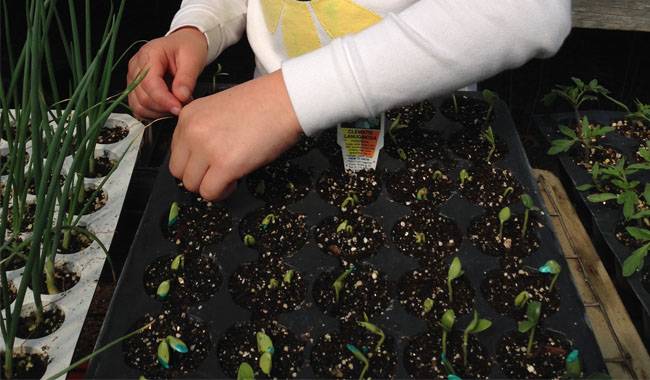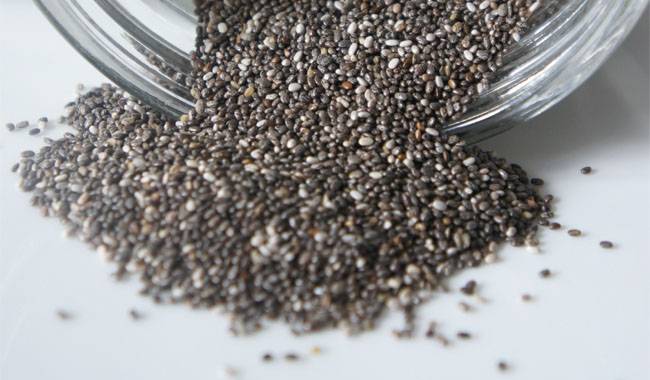
I ask myself this question every February, and every year the answer is different. Why is that? And here are the considerations that I would like to share with you. It seems like the answer is obvious, it’s cheaper to grow your own seedlings (starting seeds).
But it’s not just about price. Let’s elaborate on the pros and cons of growing your own starting seeds vs. bought seedlings (remind me in the comments if I’ve forgotten).
DISADVANTAGES OF SELF-PROPAGATION OF SEEDLINGS (STARTING SEEDS)
Lack of experience
You are the beginner gardener. At some point in your life, insight will occur to you (this was the case for me) – I will develop everything with my own hands!
Fortunately, you can now see many beautiful pictures on the Internet. This is great if you have a website. But it turns out that you can walk by the front garden near a high-rise building, or you can have a balcony, or you can use planters.
Stimulated by such pictures, you go to a garden shop or the usual supermarket and see a large number of seeds and in brightly colored packages with very effective pictures of fruits or flowers.
Here you will find early and super early varieties, new hybrids, and old “grandmother” names and many more and generally unknown varieties So you buy. And the experience of growing young plants – no.
If grown, she will turn light green on her legs, and half of these plants will not be alive until the time of transplanting. The result is a waste of money. But that’s OK. But the disappointment and sense of failure can kill any desire to further pursue gardening.
So here’s my advice to you, beginners. Take a dozen seeds of the most common crops (ask a friend or collect them yourself), try them on your windowsill, let them grow, and get a good, strong seedling. If you succeed, please go ahead.
Lack of conditions
Usually, even with experience, we do not have the conditions to grow seedlings. If irrigation and nutrition are not difficult to provide, temperature and light can already be a problem. But these four factors are very closely linked in order to produce high-quality seedlings.
Usually, hobbyists (not professionals) grow seedlings in one place in the house – on the windowsill. Here the heat source is the battery and the light is the window.
But here’s the trouble, for seedlings, it is desirable to change the temperature, I would say, to regulate the heating of the battery. So, for seedlings, a temperature of 71-77°F (22-25°C) is desirable, and after the seedlings emerge, it is desirable to lower the temperature to 68°F (20°C).
And the light in February-March is a real problem – the days are too short and cloudy, as usual. You can’t do it without extra lighting. In addition to germination, you have to master thermal and electrical engineering. Yes, and the window sill may not be enough, you have to build a special shelf.
Your own seedlings – not free
It’s hard to calculate the money for growing your own seedlings, but let’s estimate it anyway. Buy seeds, buy boxes and soil mixtures, buy extra lighting, pay for electricity (thankfully the lights are already energy efficient, but they cost money in their own right), buy fertilizer and pest control medication to get your seedlings in the right condition. How much money are you getting?
Daily monitoring required
Growing your own seedlings is a troublesome task that requires 100% involvement in the process. You need to control at least twice a day – in the morning and in the evening.
It’s important to turn the lights on and off at the same time (a timer is a good thing, but it’s another expense). Want to go out for a visit or business trip? The seedlings will not be put in under special circumstances.
Planting seedlings is a “dirty” job
will provide you with two to three months of mud and inconvenience. No matter how hard you try, dirt clods, puddles and dirty streaks on the windowsill are inevitable. You can wash off the plastic ones, but the wooden ones will start to deteriorate.
Yes, and loved ones won’t always be happy with your window sills. They rebel when you exceed the 3 window sill limit, the seedlings have little beauty, and the light from the plant lights is unpleasant.
Additional Stress
Constant stress comes in the form of sudden death, and the sprouts that were so strong yesterday – “black legs” – come to visit.
The end result is not satisfactory
Not a very good seedling? It may survive and even have a harvest (if it is a vegetable crop), but 2-3 weeks later than usual. Then comes the time of the plant epidemic. Therefore, you will harvest very little.
Pets
Another argument against cultivating their seedlings are pets, or more precisely, cats. They can dig in the soil, purely out of curiosity, or simply out of spite.
Due to their biological need, they can taste the sprouts. And in the latter case, the damage can be mutual. Think about it!
I seem to have listed all the things that make me think about growing seedlings.
ADVANTAGES OF SELF-SEEDED SEEDLINGS (STARTING SEEDS)

Your seedling is a holiday
Your own seedlings – this is always the beginning of a season and therefore a holiday for gardeners. At the end of winter, you can’t wait to start planting seedlings, but there is nothing to do in the garden.
The possibility of planting exactly the right variety
Your own seedlings – always the right species and variety for you. Often, when buying seedlings, we are satisfied with what the seller grows, which is often a matter of trust. Do the seedlings purchase match what we were promised?
Of course, with seed purchases, you can’t guarantee 100% that they will germinate and meet the requirements, but reputable companies still value their reputation and the selection of crops and varieties is tremendous.
Your seedlings – healthy seedlings
Taking care of your own seedlings, although a troublesome process, allows you to grow healthy, and by that I mean free from diseases and pests. After all, you control it and have to think about it several times a day. Seedlings are grown in large numbers and cannot fully control their condition – it may look strong, but it may be infested.
Good condition of the seedling root system
Your own seedlings are not cultivated in time to ensure that the root system is in good condition when planted in the open ground. Usually, seedlings are sold in the market in bundles, with the roots tied and wrapped in wet newspaper. If you try to untie them and separate some of the roots, you will lose and therefore lose valuable time – the plants will recover in a few days.
Preparing seedlings for outdoor conditions
In order for a seedling to root in the open ground, it should be acclimatized in advance. In my opinion, for seedlings, it is better to take soil from your own ground and improve it only slightly with peat and fertilizer additions. Let the seedlings know from a young age what kind of soil they are going to grow in. The seedlings need to be gradually hardened and prepared to receive sunlight, temperature fluctuations, and wind. Does the seller do this procedure? Not a fact.
Growing your own seedlings every year is profitable!
It is financially profitable if you decide to plant your own seedlings every year. Despite the costs listed above, this is a quarterly expense. It may even become a profitable career if you “get the hang of it” and can sell the excess to your neighbors.
I don’t think I’m forgetting anything either?
SO, SHOULD I PLANT OR BUY SEEDLINGS?
Now to summarize. In my opinion, if you are an uncompromising gardener, then grow your own seedlings, all these questions won’t scare you.
If you are a worker, but sometimes like to dig in the dirt, it is better to buy ready-made seedlings and save yourself the trouble and bundle them into boxes and containers.
Admittedly, to buy it you need to know how to buy it. First, look at the roots, whether they are well developed, and then check the stems. If the seedling is hardened, it is not light green, but darkened and has a purple hue.
Talk to the seller. A good seller will tell you everything about it and explain what to do with it next. By the way, you can never have too low a price for a quality sapling.
Well, if I may, tell you about my seedlings and my options. Since I consider myself a “lazy gardener“, I have a very special attitude towards seedlings.
I have completely abandoned traditional vegetable crops: potatoes, beets, carrots, peppers, and eggplants. Ready-made fruits are so inexpensive that it doesn’t make sense to bother cultivating them; it’s more a matter of growing their seedlings.
Cucumbers and tomatoes are another matter! In the summer, I can’t imagine a day without these vegetable salads, which means they should always be on hand, which means I need sprouts. But I buy them.
Rule of thumb at work here – no growing conditions. All the bright, warm windowsills are occupied by seedlings, but all of them are a completely different crop – perennials. And the seedlings of these cultures you are unlikely to find in the market – they are sold, and at a high price, as plants that have grown up.
Unlike vegetables, which should start harvesting as soon as possible, even low-quality seedlings of magnolia, lavender, pine, and cedar gradually gain strength and start growing during this season. For them, there is no rush for the next few years.
Have a great season and harvest!







